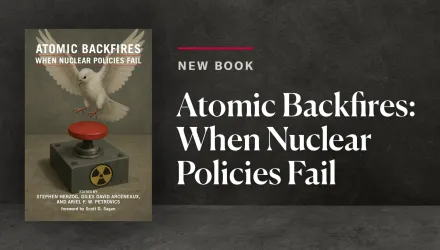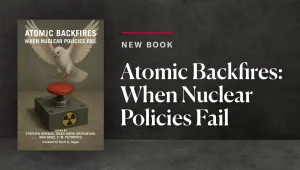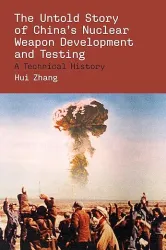Abstract
In September 1991, U.S. President George H.W. Bush launched the Presidential Nuclear Initiatives (PNIs), which were unilateral measures that led to the largest reductions in the American and Soviet/Russian nuclear arsenals to date. Despite their eventual success, the United States took on significant risks in launching the PNIs. To uncover the best theoretical explanation for their onset, this article uses realism, neorealism, the bureaucratic politics model, expected utility theory, and prospect theory to generate ex ante predictions regarding nuclear arms control at the end of the Cold War. It then tests the theories' predictions against the empirical record. The results suggest that a focus on an individual decision maker — President Bush — is necessary to fully understand the PNIs and that an explanation rooted in prospect theory offers the most explanatory power. This study speaks to an important debate in discipline regarding the significance of individuals, while underscoring the value of exploring foreign policy decision making from multiple levels of analysis. It also advances the literatures on risk acceptance and prospect theory by shifting their applications away from militarized conflict and crises to diplomatic negotiations and cooperation.
Fuhrmann, Matthew and Bryan Early. “Following START: Risk Acceptance and the 1991-92 Presidential Nuclear Initiatives.” Foreign Policy Analysis, January 2008
The full text of this publication is available via Foreign Policy Analysis.







